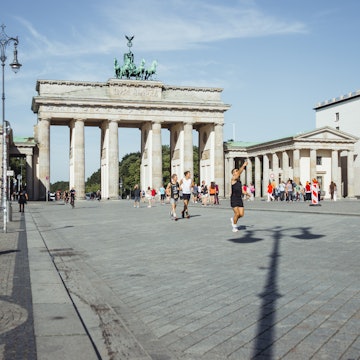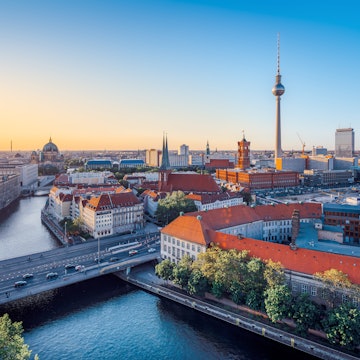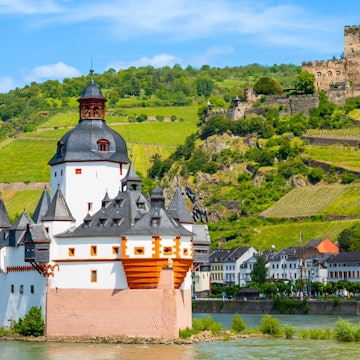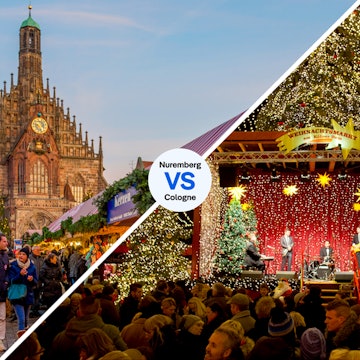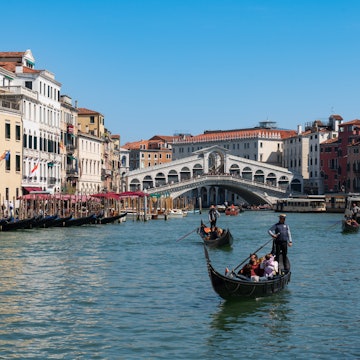

Everything you need to know about visiting Poland for the first time. Boris Stroujko/Shutterstock
Poland has a long, fascinating, sometimes tragic history, played out against a backdrop of royal castles and palaces, picturesque old towns and incredible landscapes.
From the Carpathian Mountains in the south to the Great Masurian Lakes in the north, Poland is a dream destination if you’re up for an activity-driven vacation – hiking, cycling and kayaking opportunities are abundant, plus skiing in the winter.
If urban pleasures are more your thing, vibrant cities like the capital Warsaw, the atmospheric old capital Kraków and revamped 19th-century industrial powerhouse Łódź do not disappoint. Each offers masses of cultural attractions alongside delicious dining and lively nightlife scenes.
Here are some tips and practical advice on how to get the most out of your first trip to Poland.
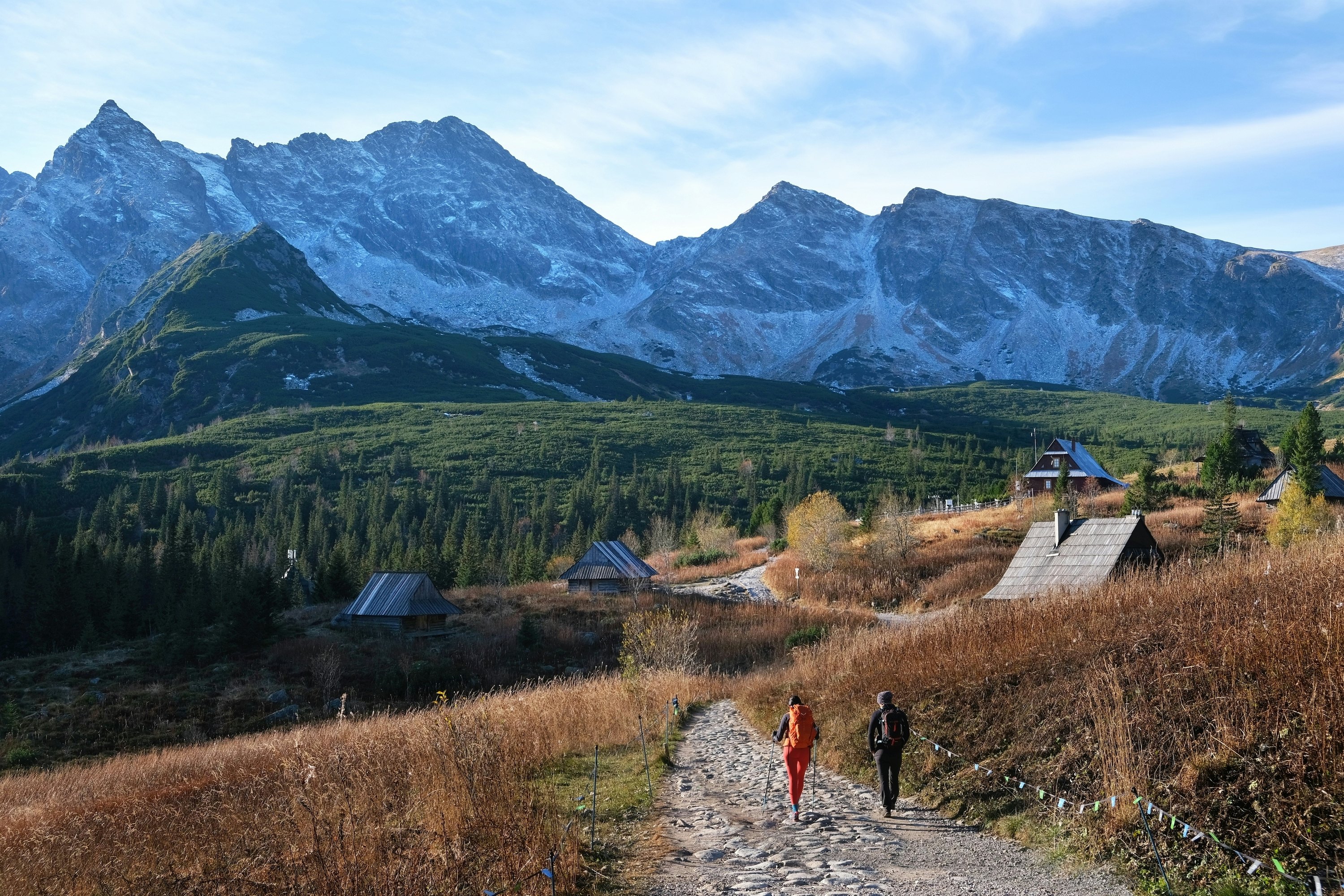
When should I go to Poland?
There’s no time of the year to specifically avoid when scheduling a trip. For fine weather and the chance to join summer festivals and events such as Kraków’s Jewish Culture Festival and Warsaw’s Summer Jazz Days, come between May and early September.
Towns and cities come alive as the warmer temperatures tempt everyone outside for alfresco dining and drinking. This is peak season, too, for visiting Poland’s 23 national parks.
The countryside in spring and autumn can also be very beautiful. Winter is the quietest season, except in ski resorts such as Zakopane; come prepared for frigid temperatures and sloshing through snow and rain.
Compensations include low-season rates at hotels and plenty of excellent museums in the major cities in which to shelter from the elements. Autumn through early spring is also when performing arts institutions such as Warsaw’s Teatr Wielki and Filharmonia Narodowa run their season of top-grade shows.

How much time do I need to visit Poland?
Two – or better, three – days is the minimum needed for a short city break to either Warsaw or Kraków. You won’t have enough time to cover everything, but you will be able to get a feel for these places and tick off the main attractions.
If you’re prepared to move around quickly, you could cram in more of Poland over 10 days to two weeks, adding to your itinerary metropolises such as Gdańsk (also close to the Baltic seaside resort of Sopot) and Łódź, as well as smaller historic towns like the artists’ retreat Kazimierz Dolny and Zamość, a perfectly preserved 16th-century Renaissance town.
Have a month to spare? Now you’re talking! This will give you the opportunity to explore rural backwaters and national parks such as World Heritage-listed Białowieża National Park, home to some 800 free-roaming European bison, Poland’s national symbol and Europe’s largest land mammal; and Karkonosze National Park with its spectacular Ice Age glacier-carved landscapes.
Is it easy to get in and around Poland?
Poland is tethered to the world by international flights. The capital’s main airport is the central Warsaw Chopin Airport, with Modlin Airport, 39km (24 miles) north of the city, handling budget carriers.
Other international airports include Gdańsk Lech Wałęsa Airport, Katowice Airport, Kraków John Paul II International Airport, Łódż Airport and Wrocław Airport. There are also excellent rail and bus links, especially with Western European neighbors, including overnight train services to Berlin and Vienna.
Getting around Poland itself is a breeze. There’s a comprehensive system of buses and trains offering both frequent services and affordable prices. For more remote parts, including nearly all the national parks, you’ll really need your own set of wheels.
Hiring a car is straightforward and the roads have vastly improved in recent years (although you will encounter some unsealed roads in the most rural regions). Major cities and towns all have decent public transport, and you can easily cover historic old town centers on foot.

Top things to do in Poland
Take in the history and architecture of Kraków
Kraków, the former royal capital, is a stunner with its heady blend of history and harmonious architecture. At its heart are the vast Rynek Główny, Europe’s largest medieval marketplace, and the magnificent Wawel Royal Castle, on a hill above the Old Town. But that's just the start – every part of the city is fascinating, from the former Jewish district of Kazimierz and its lively nightlife to the atomic fallout shelters of Nowa Huta.
Learn about the country's history
Warsaw had to be almost completely rebuilt after WWII. The powerful Warsaw Rising Museum focuses on the darkest hours of WWII, while the Museum of Warsaw superbly documents the city's rise, fall and resurrection. Also don’t miss the award-winning POLIN Museum of the History of Polish Jews, and regal Wilanów Palace and surrounding lush parkland.
Explore a walled Gothic city
Toruń, a walled Gothic city on the Vistula River, miraculously escaped WWII intact. Wander through the UNESCO-listed Old Town crammed with museums, churches, grand mansions and squares. When you’re flagging, perk up with a peppery gingerbread cookie, Toruń’s signature snack, which you can make yourself at the Gingerbread Museum.
Visit a primeval forest
The UNESCO-listed Białowieża National Park holds one of Europe’s last vestiges of primeval forest, which you can visit in the company of a guide. The bison, which was once extinct outside zoos, has been successfully reintroduced here, although your best bet for seeing these magnificent animals is the region’s European Bison Show Reserve.

My favorite thing to do in Poland
I’m a huge fan of street art, and Łódź has embraced this public form of creative expression unlike anywhere else in Poland – the city is practically one giant art gallery! There are well over 200 public works of art ranging from massive painted murals to installations involving neon, nails and porcelain tiles.
Among my favorites are Pasaż Róży, a dazzling courtyard completely plastered with mirror fragments arranged in swirling rose patterns, and Wiedźmin, a 70m-tall mural designed by Jakub Rebelka on the sides of adjacent apartment blocks – it’s a homage to the Witcher series of fantasy books by Łódź-based author Andrzej Sapkowski.
How much money do I need for Poland?
Like everywhere in Europe in recent times, prices have been rising in Poland. That said, the country offers great value, especially when it comes to accommodation, dining out and entertainment. Getting around by public transport is also a bargain.
Hostel room: 60 zł ($16)
Basic room for two: 200 zł ($54)
Self-catering apartment (including Airbnb): 120 zł ($33)
Public transport ticket: 3.40 zł (about $1)
Coffee: 15-20 zł ($4-$5)
Sandwich: 15 zł ($4)
Dinner for two: 150-200 zł ($41-$54)
Beer at the bar: 12 zł ($3)
Is Poland part of the EU?
Yes, which means if you’re crossing into the country from neighboring EU countries – the Czech Republic (Czechia), Germany, Lithuania and Slovakia – there are no border formalities. However, rather than the euro, Poland’s national currency is the złoty (zł, sometimes also abbreviated as PLN) which dates back to the 14th century.
Most places accept card or electronic payments, but sometimes you will need to pay in cash so it’s handy to keep some money in your wallet.
How easy is it to get online?
Very easy. Depending on your home mobile phone/internet plans, you should be able to surf the web and stay in touch using a smartphone or tablet. There are plenty of wifi hotspots and some of them are free.
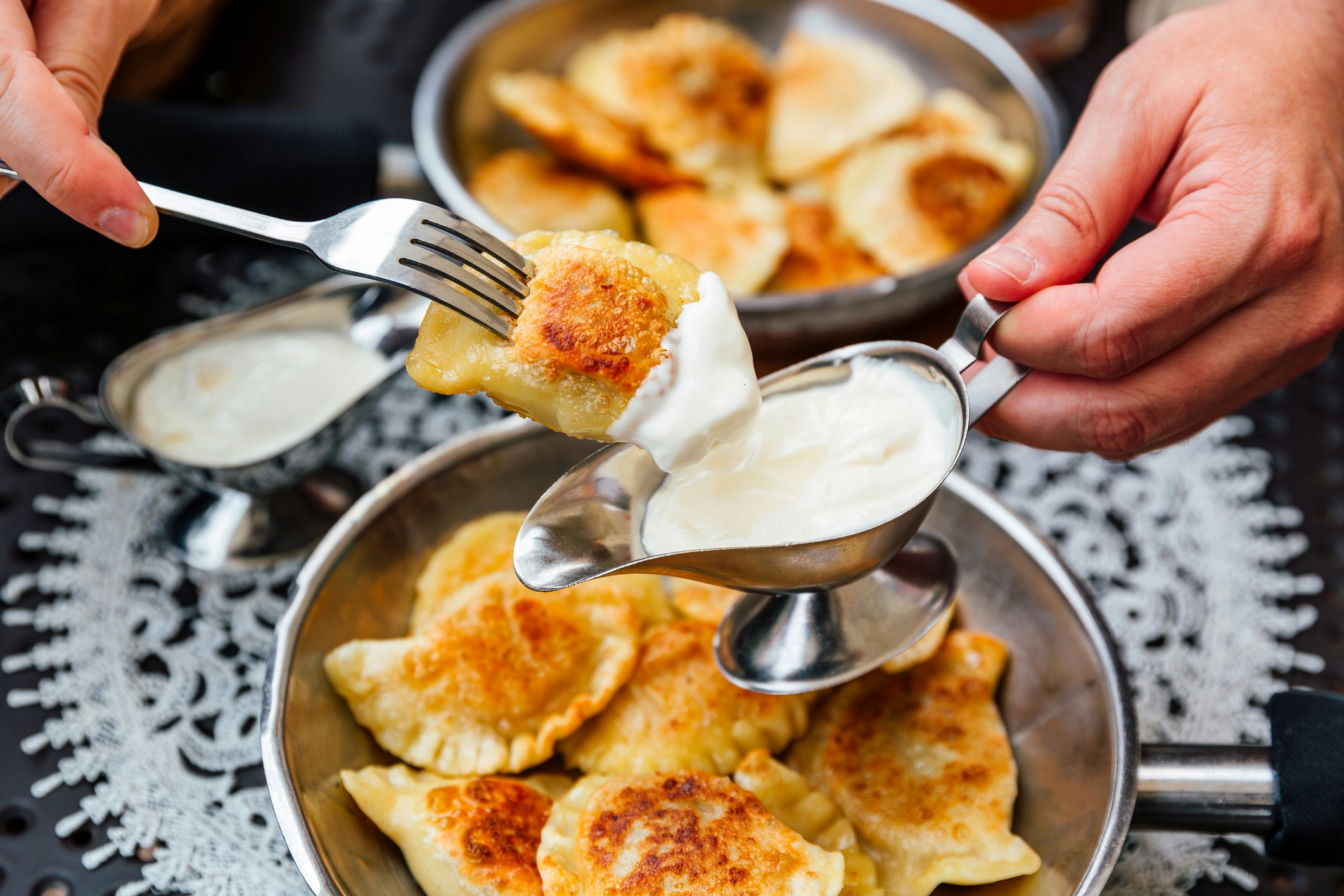
What’s Polish food like?
Locals like nothing better than scarfing comfort foods such as pączki (rose-jam filled doughnuts) or a plate of pierogi, dough dumplings stuffed with anything from cottage cheese, potato and meat to blueberries or other fruits.
Traditional cooking is rustic and flavorful and can be summed up by Poland’s signature kiełbasa sausages. These are usually made with pork and various seasonings, though other meats, like beef and veal, can be added.
Beyond such staples, Polish cuisine also includes hearty soups and dishes such as beef tartare. In the major cities and towns, there’s a wide choice of world cuisines alongside creative renditions of vegetarian and vegan dishes.






